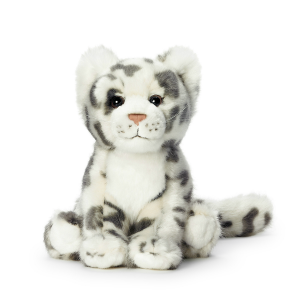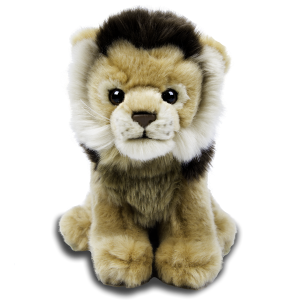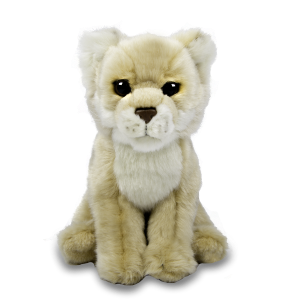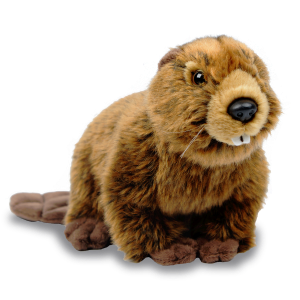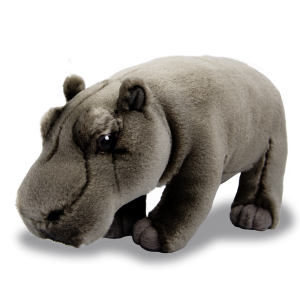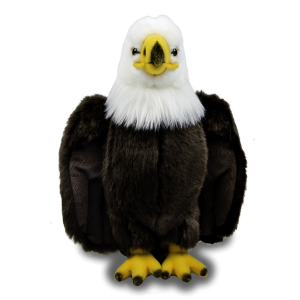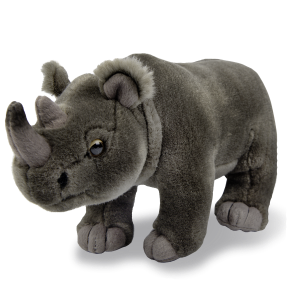Lions and hippos and rhinos, oh my! Six new species up for adoption!
For this holiday season, WWF is introducing six new species for you to adopt and take home. Yes, you are going to want to keep them all, but remember, they make great gifts for everyone on your holiday gift giving list!
When you symbolically adopt a species at risk, you’re giving an extraordinary gift while supporting WWF’s conservation efforts. Help make a difference around the world. Give the gift that keeps on giving. Each adoption kit includes a high quality wildlife plush, personalized adoption certificate, a stunning species poster that tells you more about your species and the work you are supporting, and a reusable gift bag. In addition to feeling good about your gift, you will also receive an applicable tax receipt.
The snow leopard
Facts: Well known for its soft, beautiful fur, the snow leopard is a skilled hunter in its mountain habitat of central and southern Asia. The snow leopard also uses its long tail, which is 75-95% the length of its body, to help keep its balance and to further protect itself from the cold.
The lion and lioness
Facts: As the ‘king of the jungle’, the lion/lioness is a symbol of strength and power. While the lion once roamed throughout Africa, Asia and Europe, the species now exists only in Africa and the Sasan-Gir National Park in India.
The beaver
Facts: The industrious beaver is one of Canada’s most iconic animals. Beavers have a characteristic flat tail, powerful jaws and chisel-sharp incisor teeth that are ideal for biting through tree trunks and branches.
The hippo
Facts: Weighing up to 3600 kilograms, the hippopotamus is the heaviest land animal after the elephant. A hippo’s eyes and ears are on the top of its head so it can watch for enemies — like crocodiles —while lying low in the water.
The bald eagle
Facts: The majestic bald eagle is among the largest birds of prey in the world. Although bald eagles once numbered in the hundreds of thousands, the use of pesticides like DDT endangered the population for many years.
The white rhino
Facts: Rhinos once roamed throughout Eurasia and Africa and were widespread across Africa’s savannas and Asia’s tropical forests. Today very few rhinos survive outside national parks and reserves.
Keep your eyes open in early November when we introduce our new Frontline Hero Dolls (including a polar researcher, marine biologist and wildlife ranger) for adoptions!
Visit our e-store shop.wwf.ca for all your holiday gift options from WWF and help give a meaningful gift that keeps on giving!

